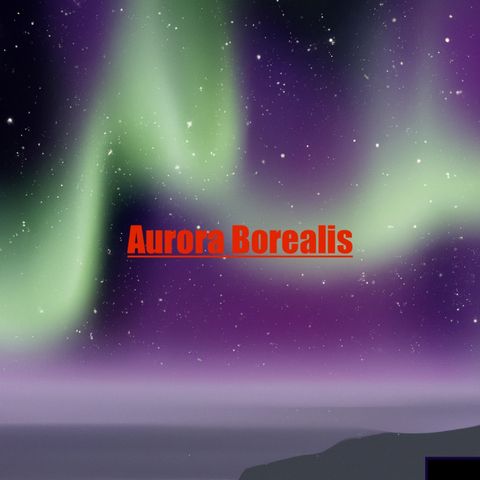4 DEC 2023 · Part 1: Unveiling the Mysteries of the Aurora Borealis - A Journey Through Current Knowledge A Celestial Spectacle: The Aurora Borealis The aurora borealis, also known as the northern lights, is a captivating natural phenomenon that has captivated humankind for centuries. Its ethereal dance of light across the night sky has inspired myths, legends, and artistic expressions throughout history. Today, we continue to unravel the mysteries of this celestial spectacle, delving into the science behind its mesmerizing beauty. At the heart of the aurora borealis lies the interaction of charged particles from the sun with Earth's atmosphere. When these particles, primarily protons and electrons, collide with atoms and molecules in the upper atmosphere, they transfer energy, causing them to emit light. The color of the aurora depends on the type of atom or molecule that is excited. Oxygen atoms, for instance, produce green and red auroras, while nitrogen atoms emit blue and red hues. The sun's activity plays a crucial role in the intensity and frequency of auroral displays. Solar flares and coronal mass ejections, bursts of charged particles from the sun, send a surge of energy towards Earth. These particles interact with Earth's magnetic field, which acts as a shield, diverting them towards the polar regions. The interaction between the solar wind and Earth's magnetic field creates a dynamic interplay of charged particles, leading to the mesmerizing dance of light we witness as the aurora borealis. Auroras are most frequently observed in the auroral zones, oval-shaped regions around Earth's magnetic poles. These zones are where the solar wind particles are most likely to enter the atmosphere. The intensity and frequency of auroral displays also vary with season. Auroras are more common during the equinoxes (spring and fall) due to the alignment of Earth's magnetic field with the sun. Scientists have developed sophisticated models and tools to predict auroral activity. These predictions are based on observations of solar activity and the state of Earth's magnetic field. While predicting the exact timing and intensity of auroral displays remains challenging, these tools provide valuable guidance for those seeking to witness this celestial wonder. Part 2: A Journey Through Time - Unraveling the History of Aurora Borealis Ancient Encounters with the Aurora Borealis Humanity's fascination with the aurora borealis dates back to ancient times. Early civilizations across the globe incorporated auroral displays into their myths and legends, often attributing them to divine intervention or supernatural forces. For instance, the ancient Greeks believed the aurora was the reflection of celestial battles, while the Vikings associated it with the Valkyries, the maidens who carried fallen warriors to Valhalla. Scientific Exploration and Understanding The scientific exploration of the aurora borealis began in the 17th century with the work of astronomers like Galileo Galilei and Pierre Gassendi. These pioneers observed and documented the aurora's characteristics, laying the foundation for further scientific investigation. In the 19th century, scientists began to understand the connection between the aurora and solar activity. Kristian Birkeland, a Norwegian physicist, proposed that charged particles from the sun were responsible for the aurora's formation. Modern Research and Technological Advancements In the 20th and 21st centuries, advancements in technology have revolutionized our understanding of the aurora borealis. Satellites and ground-based instruments provide continuous data on solar activity, Earth's magnetic field, and the auroral phenomenon. Researchers are now able to study the aurora in greater detail, exploring its dynamics, composition, and impact on Earth's atmosphere. The Future of Aurora Borealis Research The study of the aurora borealis remains an active area of research, with scientists continuing to seek answers to fundamental questions about its formation, behavior, and impact. Future research will likely focus on developing more accurate auroral forecasting methods, understanding the aurora's impact on communication systems, and exploring the potential for auroral tourism and space weather research. As we continue to unravel the mysteries of the aurora borealis, we deepen our appreciation for the interconnectedness of our planet with the cosmos. The aurora serves as a reminder of the profound forces at play in the universe and the delicate balance that sustains life on Earth. Thanks for listening to Quiet Please. Remember to like and share wherever you get your podcasts.


